Many visitors of the Montenegrin Coast are not only interested in swimming and sunbathing on the beach or visiting the beautiful medieval towns. They also want to make some short hiking tours and enjoy the breathtaking panoramas from the surrounding mountains. For that reason I have selected 5 easy hiking trips that start from the Montenegrin Coast.
This hiking tour through the coastal mountains of Paštrovačka Gora offers great views on the Budva Riviera. Start from the Praskvica monastery that is situated at a few minutes’ drive from Sveti Stefan.
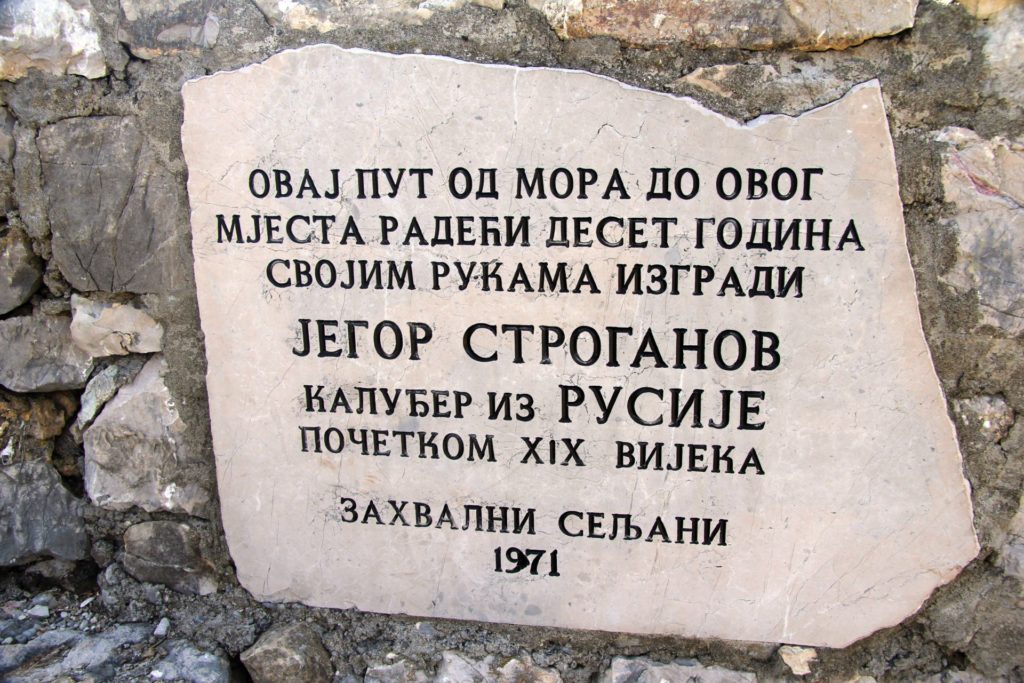 You can park your car in front of the monks’ residence (don’t miss the St. Nicolas Church with it large golden iconostasis), pass the cemetery above the monastery and take the narrow trail that leads you to the beginning of ‘Jegorov put’.
You can park your car in front of the monks’ residence (don’t miss the St. Nicolas Church with it large golden iconostasis), pass the cemetery above the monastery and take the narrow trail that leads you to the beginning of ‘Jegorov put’.
The path is not only a popular hiking trail for tourists, but also for pilgrims, in particular Russians, who are moved by the story of their one-handed countryman, monk Jegor Stroganow. Stroganow built this path ‘from the sea to the sky’ in the beginning of the 19th century, stone by stone, which took him 10 years.
At the top of the path (30 minutes) there is a memorial plaque placed by the inhabitants of this area. Take a break at the panorama terrace and enjoy the spectacular view of Sveti Stefan and surroundings before you walk back to the monastery. But if you continue uphill through the forest and the abandoned village of Kruti, you can turn left, visit the beautiful Rustovo monastery with its wooden Russian chapel and then descend to the coast.
- Haj Nehaj Fortress
Before you reach Sutomore on the Adriatic Highway, you will see a big ruined fortress on the right side, on the top of a high rock (230 m). Tourists have not discovered it yet, but it is absolutely worth a visit, not in the last place because of the fantastic view from above.
 How to get there? Before you enter Sutomore, turn right and follow the road to Zagrađe until you reach the Fleur of Orange Hotel. Unless you have a 4×4, park your car there. There is a signpost to Haj Nehaj on the right side of the road. Walk uphill along the steep car trail. Before the trail ends (and immediately after a steep concrete road section that is clearly ribbed to avoid slipping), there is a narrow path that leads to the right, towards the hill where the fortress is located. The red-and-white marks along the path are faded, but if you take care, you can’t miss it. The climb will take you about one hour.
How to get there? Before you enter Sutomore, turn right and follow the road to Zagrađe until you reach the Fleur of Orange Hotel. Unless you have a 4×4, park your car there. There is a signpost to Haj Nehaj on the right side of the road. Walk uphill along the steep car trail. Before the trail ends (and immediately after a steep concrete road section that is clearly ribbed to avoid slipping), there is a narrow path that leads to the right, towards the hill where the fortress is located. The red-and-white marks along the path are faded, but if you take care, you can’t miss it. The climb will take you about one hour.
Haj Nehaj was built by the Venetians and extended by the Turks. In case of an attack, it could accept 900 people. The fort had a well or better said a container room that holds water even today, an armory and also a church. Its ruins can be seen on the top of the fortress. Different sources note that it once had two altars, orthodox and catholic, although you can now only see the remains of the orthodox altar.
This easy walking tour starts from Donja Lastva – not far from Tivat -, where you can park your car. The narrow asphalt road leads you uphill to Gornja Lastva, which takes about one hour.
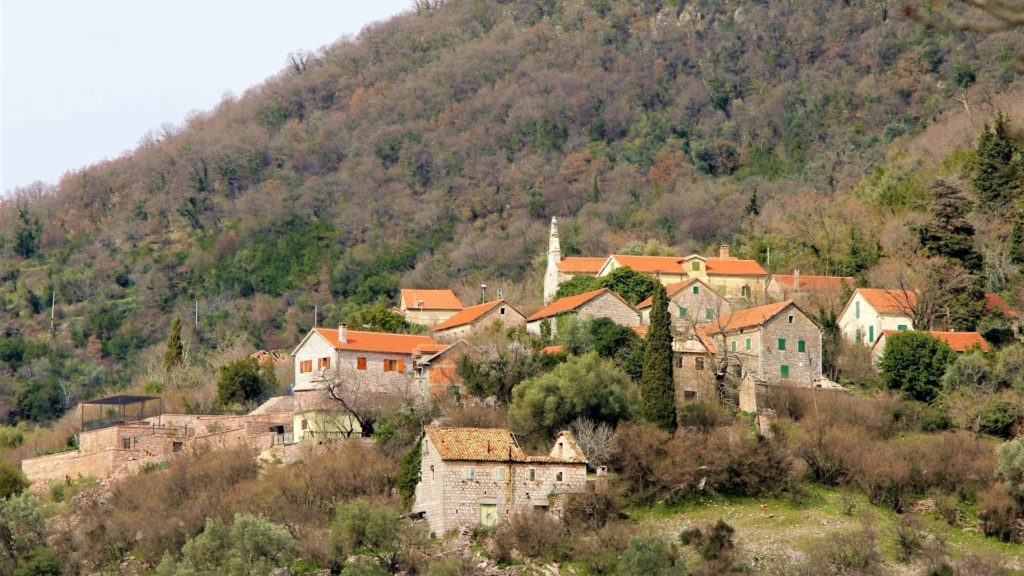 Due to its authentic architecture, this village on the slopes of Mount Vrmac (300 m above sea level) has an exceptional environmental value. It has about 20 stone houses and is surrounded by olive groves. Although many of the houses and stone walls were destroyed in time, the authenticity of the traditional method of building and overall environment was not disturbed. From the terrace in front of St. Mary’s church (14th century) you will have a magnificent view of the Bay of Tivat and Porto Montenegro.
Due to its authentic architecture, this village on the slopes of Mount Vrmac (300 m above sea level) has an exceptional environmental value. It has about 20 stone houses and is surrounded by olive groves. Although many of the houses and stone walls were destroyed in time, the authenticity of the traditional method of building and overall environment was not disturbed. From the terrace in front of St. Mary’s church (14th century) you will have a magnificent view of the Bay of Tivat and Porto Montenegro.
At the beginning of the village is a square with a war monument, where signposts show the way to further hiking trails. From here, you can continue to the mountain saddle of Vrdola (one hour) and further on to the Vrmac fortress (3.30 hours from Gornja Lastva), walking along old Austrian military roads and enjoying untouched nature.
Driving from Tivat along the Bay, in the direction of Prčanj and Kotor, you will soon arrive in the picturesque village of Stoliv, a small fisherman’s settlement from the 14th century that remained preserved over the centuries.
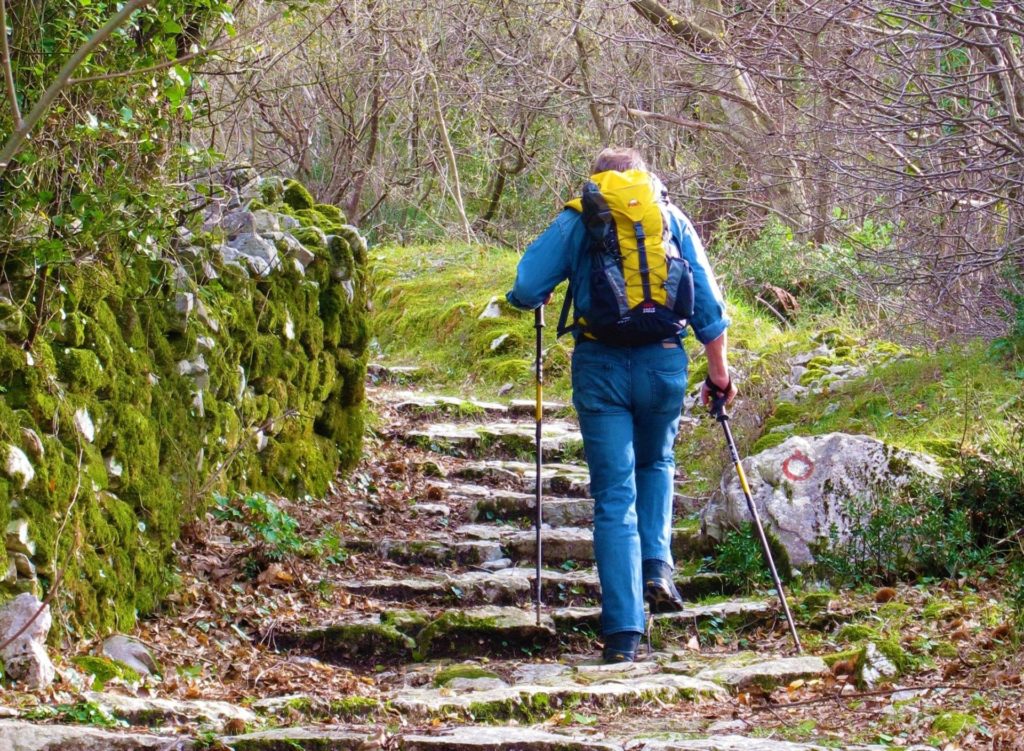 From here you can make a 45 minute walk to Gornji Stoliv, located on the slopes of Mount Velji Vrh. Park your car near the post office and you will find a narrow path that leads uphill, starting between the post office and milestone 38. From the graveyard you will continue by an old pebble road that takes you zigzag up to this peaceful hamlet through chestnut woods and olive groves. Many houses are abandoned, but the village has succeeded in keeping its original form and authenticity.
From here you can make a 45 minute walk to Gornji Stoliv, located on the slopes of Mount Velji Vrh. Park your car near the post office and you will find a narrow path that leads uphill, starting between the post office and milestone 38. From the graveyard you will continue by an old pebble road that takes you zigzag up to this peaceful hamlet through chestnut woods and olive groves. Many houses are abandoned, but the village has succeeded in keeping its original form and authenticity.
On the top of the hill (260 m above sea level) is the St. Elijah’s Church, from where you have a breathtaking view over the entire Boka. You can take the same road back, but if you have time enough, you can also continue the hiking tour to the mountain saddle of Kalvaria (540 m) and then through Vrdola back to the coast, downhill to the village of Prčanj. The complete hiking tour takes 3.5 – 4 hours.
Climbing the 4.5 km long city walls of Kotor up to the St. John’s fortress is a perfect hike, also on a sunny day in the off-season months. During the summer you should do the climb in the morning, as it can get very hot during the day.
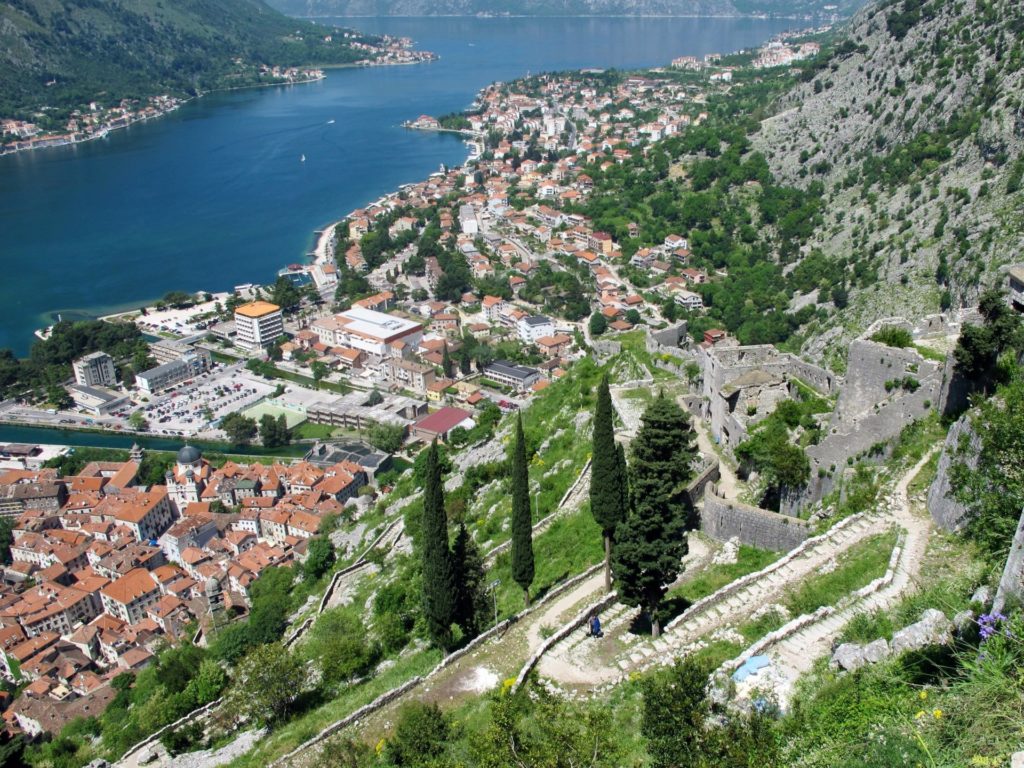 Start the hike in the old town. Enter the archway near the North Gate and follow the narrow street upwards. The entrance fee amounts to 3.00 € per person in the period May-September.
Start the hike in the old town. Enter the archway near the North Gate and follow the narrow street upwards. The entrance fee amounts to 3.00 € per person in the period May-September.
Honestly speaking, this is not an easy walk: for the steep and rocky climb along the city walls to the fortress of St. John (San Giovanni) you have to count 1355 steps; its altitude above sea level is around 260 meters. The complete hike in both directions takes around two hours: at first 20 minutes to the Church of Our Lady of Remedy, at an altitude of 100 m, and another 40 minutes to reach the top. The higher you climb, the more fascinating become the views of the blue Bay and the tiny red roofs of the old town below.
By the way: if you don’t want to walk the same way back, you can return by climbing through a window in the walls of the fortress to a small valley, and from there follow a marked (red and white) trail that leads over grassy terraces and via a series of switchbacks down along the outer side of the city walls on the northern side of the moat. This trail is part of the so-called “Ladder of Kotor”, the centuries-old trail that led from Kotor to old Montenegro and was used by Montenegrin women to go to the Kotor market.
These 5 hiking tours will show you extraordinary cultural and natural beauties in the mountains surrounding the Montenegrin Coast. Don’t miss them!
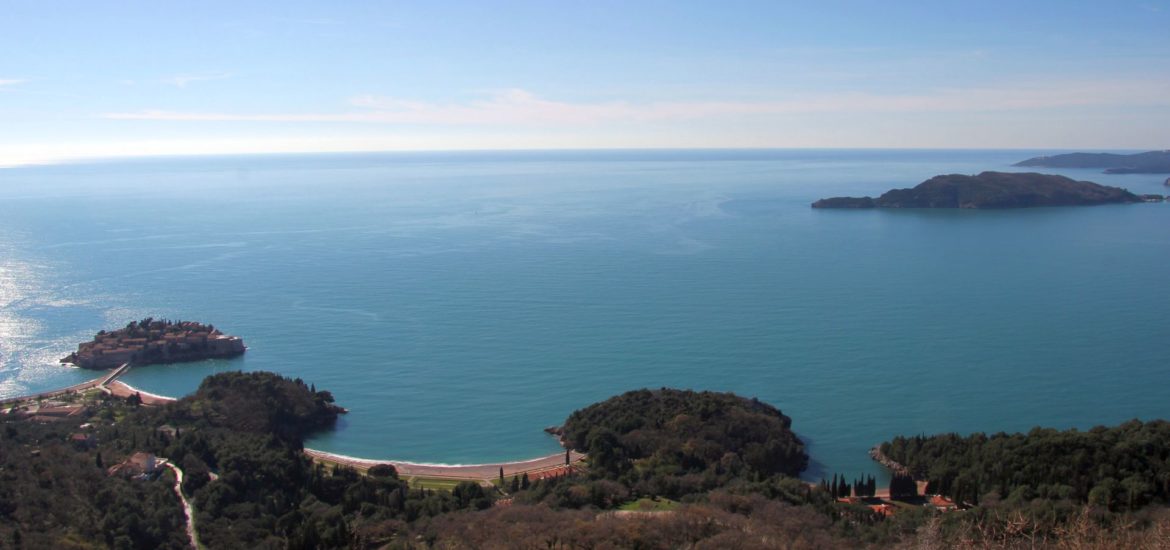
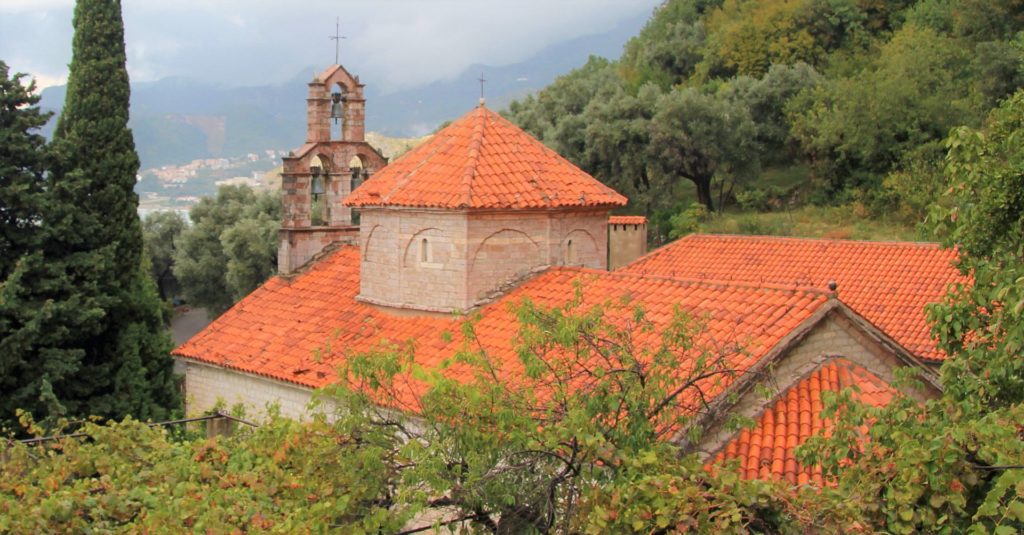

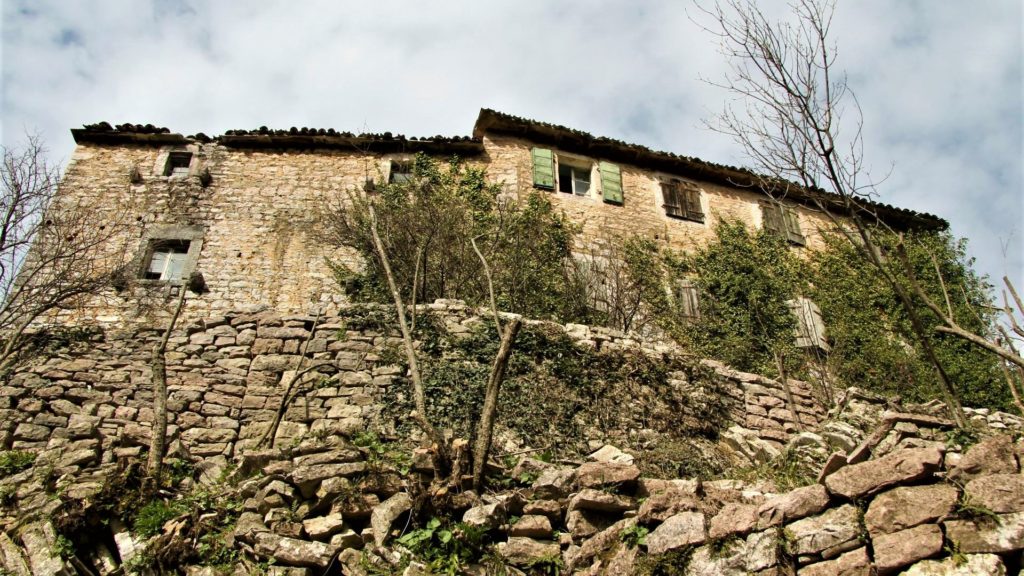

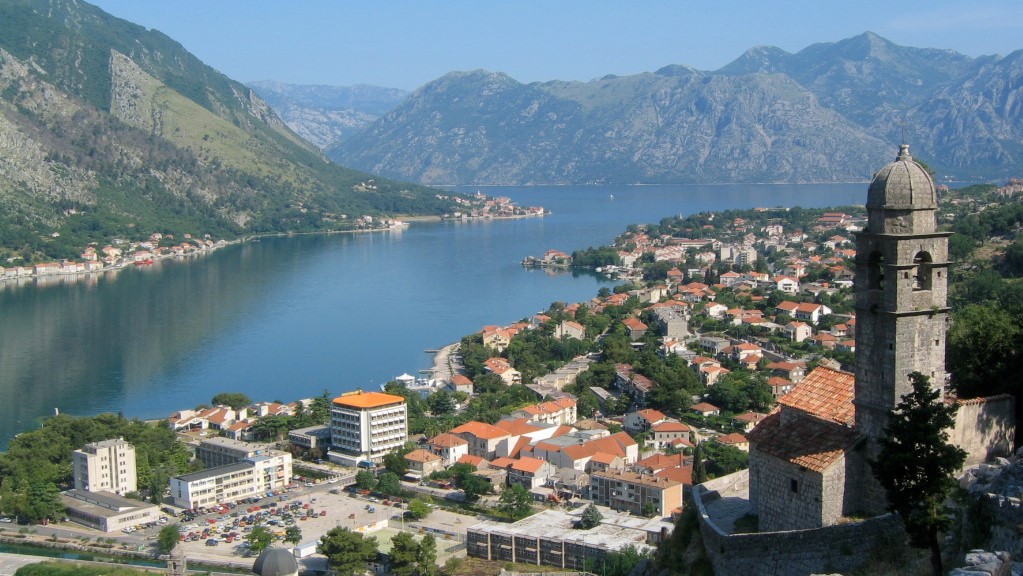
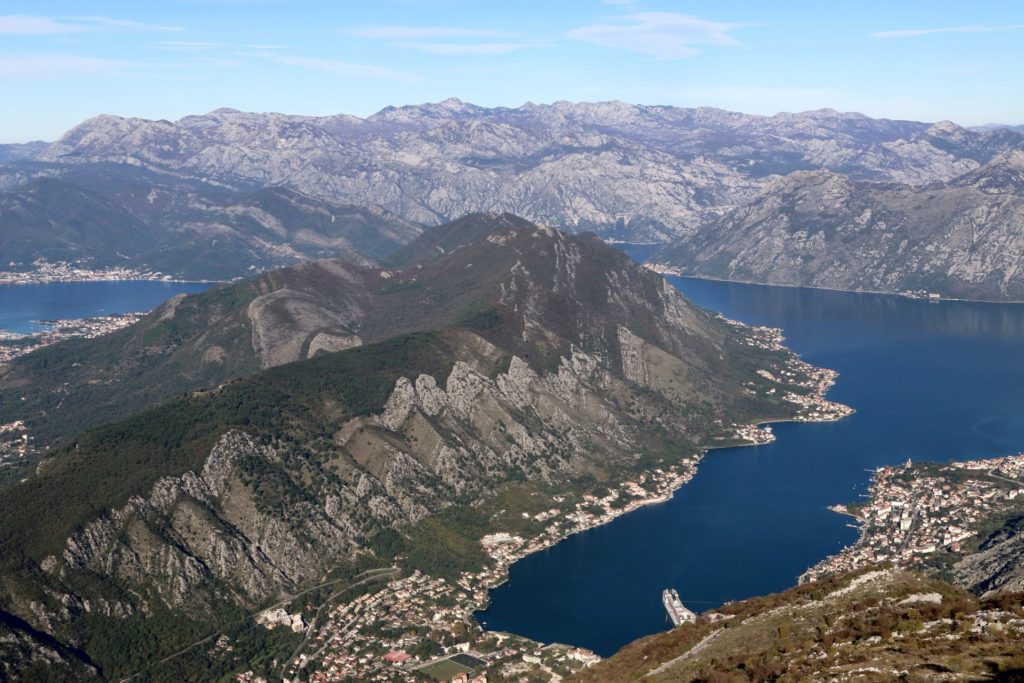
Thank you Marianne, yet another excellent piece about Montenegro. I so enjoy your writing, always beautifully illustrated, and very inspiring. We have a house on Lustica and visit frequently. Your articles make the very best guide book!
Thank you for your nice words, Sally!
Great blog posts! I’m bookmarking them for a future trip!!! Question – how difficult is it to travel to Montenegro language-wise for English speakers? I am a very intrepid traveler but for some reason I’m a little unnerved about going to the Balkans and being able to communicate. Any advice? Also 65% of my trips I go solo, any tips there as well? Thank you!!
Hi, I really don’t think it is difficult to travel to Montenegro for English speakers: most young people speak English, as this is the first foreign language at school. Only in the rural part of Montenegro it might be more complicated to communicate, but people are so friendly that you will certainly understand them! One of my next blog posts will be about the topic: solo travelers in Montenegro, so just follow my posts. Kind regards,Marianne
Great to know! Keep up the good writing…..thank you